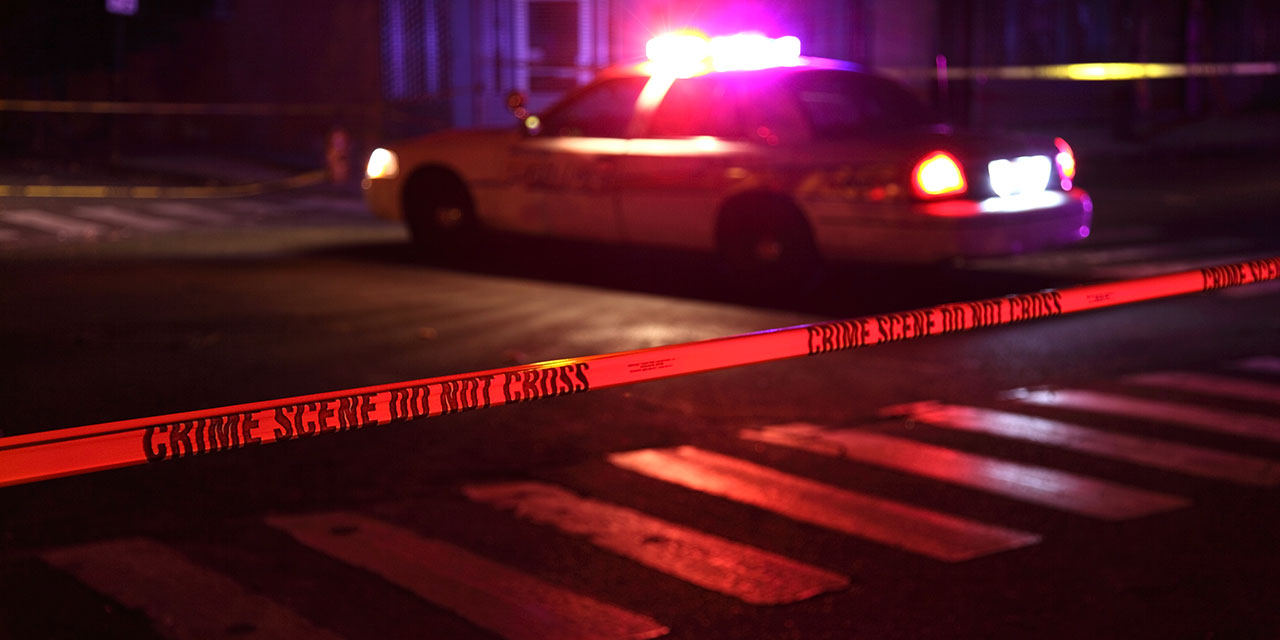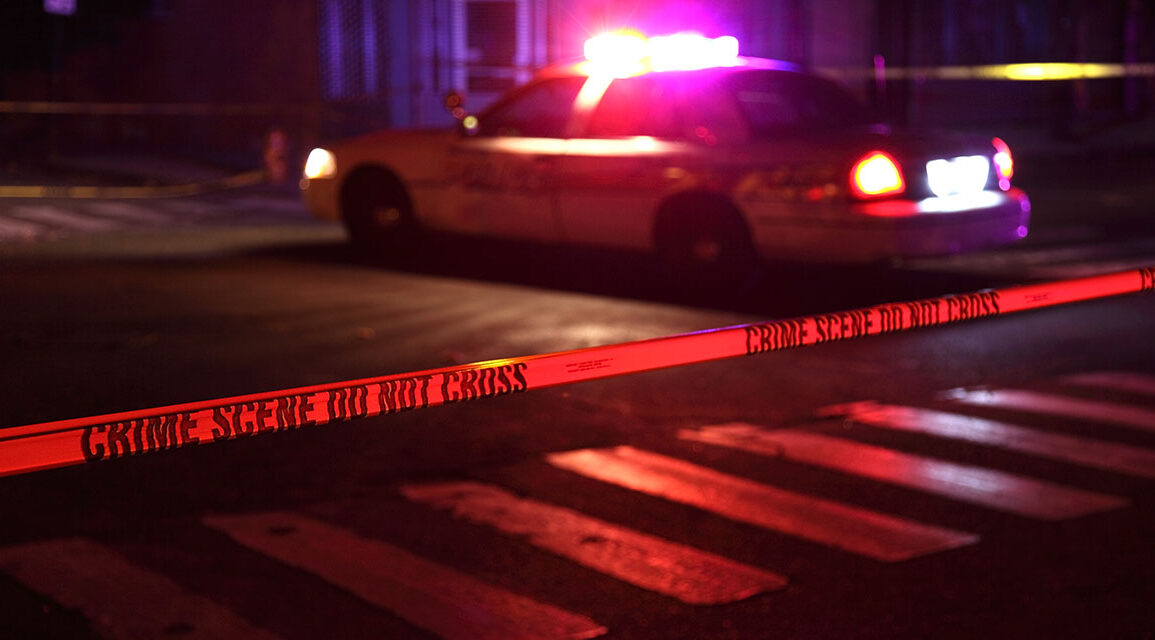
It’s a rare thing in Washington, D.C. for a federal commission’s leaders to request congressional oversight. But that’s effectively what four of the eight commissioners of the U.S. Commission on Civil Rights did in their dissents from a September 18 report, which those commissioners themselves had initiated, on racial disparities in violent criminal victimization. Commissioner J. Christian Adams’s dissenting statement was explicit, noting that “things have gotten so off the rails in the process of the Civil Rights Commission’s work here, that it is apparent to me and others that Congressional oversight of the Commission is squarely implicated.”
To understand the dissenters’ frustration better, consider the ideological commitments of the USCCR’s Democratic appointees. They believe that policies that yield racially disparate outcomes—specifically, those that disadvantage “black and brown” people—are racist, per se. Critics of America’s police and criminal-justice system often express this view. But crime reveals the folly of that outlook, for two reasons. First, the victims of serious violence (gun violence and homicide, in particular) are disproportionately black and Latino—members of the groups disproportionately harmed by law enforcement, according to the critics. Second, blacks and Latinos disproportionately benefit from the crime declines that stem from the competent enforcement of the criminal law.
These are hard realities. And they are incongruous with the progressive narrative, which is why the USCCR’s conservative members (one of whom is affiliated with the Manhattan Institute, which publishes City Journal) wanted the commission to write a report on violent-crime victimization, and why the commission’s Democratic appointees were so reluctant to do so. Addressing that issue would require the commission to answer tough questions, such as, “If racial disparities are evidence of racism, and the 2020 crime spike disproportionately harmed minorities, then wouldn’t the ‘progressive’ policies partially responsible for that crime spike be racist?”
As a member of the commission’s New York State advisory committee—from which I resigned in protest over its radical report calling for the gutting of the child-welfare system—I (along with two conservative colleagues) advanced a proposal that would have done just that. We hoped to force our progressive peers to grapple with such questions. But we were outnumbered and rebuffed.
The USCCR’s membership, on the other hand, is split 4-4, giving the conservative caucus more leverage than I had. The commission eventually voted to take the issue up, but its final report—compiled by unelected, unappointed staff—did not come close to a full accounting.
What did it find? Consider this boldfaced takeaway from the report’s accompanying two-page “fact sheet”:
When considering all forms of violent crime, aggregated at the national level, there are no differences in the risk of victimization for White, Black, and Latino people.
Such a claim reflects willful ignorance, at best. Indeed, the commission’s report, which profiled five cities (Denver, Houston, Memphis, Milwaukee, and Seattle), documented in each city significant racial disparities in nearly every violent-crime measure across the four-year study period. Exceptions were few. For example, Houston’s black residents saw higher victimization rates in each of the violent-crime categories studied (rape, robbery, homicide, and aggravated assault) in 2018, 2019, and 2020. While white residents experienced higher rates of rape and robbery than blacks in 2021, the city’s blacks that year were killed at more than double the rate of whites.
In my testimony, I told the USCCR that lumping all violent crime categories together and aggregating them at the national level obfuscates the reality that the brunt of the country’s most serious violent crimes—namely, homicides, shootings, and aggravated assaults—is borne by blacks and Latinos. But the commission’s left-wing members and staff are unmoved by facts. Consider the following quotes from Princeton sociologist and fellow panelist Patrick Sharkey, who had been called by Democrats to testify and whose own words I read in my testimony:
[E]ven the staunchest critics of mass incarceration acknowledge that the expansion of the imprisoned population contributed to the decline in violence.
The best evidence we have makes clear that police are effective in reducing violence.
One of the most robust, most uncomfortable findings in criminology is that putting more officers on the street leads to less violent crime.
Despite these admissions from its own witness, the commission concluded that, “The argument that less policing and/or less punitive policing leads to increases in crime has not been substantiated in the empirical literature.” Gas, meet light.
How did the commission attempt to sustain this false claim? Its report cites two research papers examining a very different issue (the effect of short-term declines in arrests on aggregated crime rates), both undermining the commission’s broader conclusion. One of the papers cautioned that, while the authors did not find a statistically significant relationship between declining arrest rates and homicides in the years studied, “Ample research findings have demonstrated the effectiveness of proactive policing practices, such as targeted patrol, in reducing crime rates.” The other cites at least four studies linking de-policing to crime increases. And, of course, a trove of research establishes policing’s significant effect on crime. But the report authors already knew this.
It’s not surprising that such a chasm exists between the final report and the conservative commissioners’ intentions. The USCCR is mostly staffed by people sympathetic to leftist causes. I say this both as one of the witnesses who testified before the commission in the report process and as a former member of one of the commission’s state advisory committees, where I saw this phenomenon play out firsthand.
For decades, the USCCR and its state advisory committees have pushed left-wing policy priorities, supposedly to address one of the dreaded “-isms.” But bigotry plays a tiny fraction of the role in national life today that it did in 1957, when the commission was founded. The commission, which once helped to secure some important civil rights advances, has strayed from its mission and become a government-funded laundry for progressive ideas. Congress can, and should, reorganize it. The question: who has the courage to take on such a task—and face the racism accusations that would inevitably follow.
Photo: DenisTangneyJr / E+ via Getty Images
City Journal is a publication of the Manhattan Institute for Policy Research (MI), a leading free-market think tank. Are you interested in supporting the magazine? As a 501(c)(3) nonprofit, donations in support of MI and City Journal are fully tax-deductible as provided by law (EIN #13-2912529).



